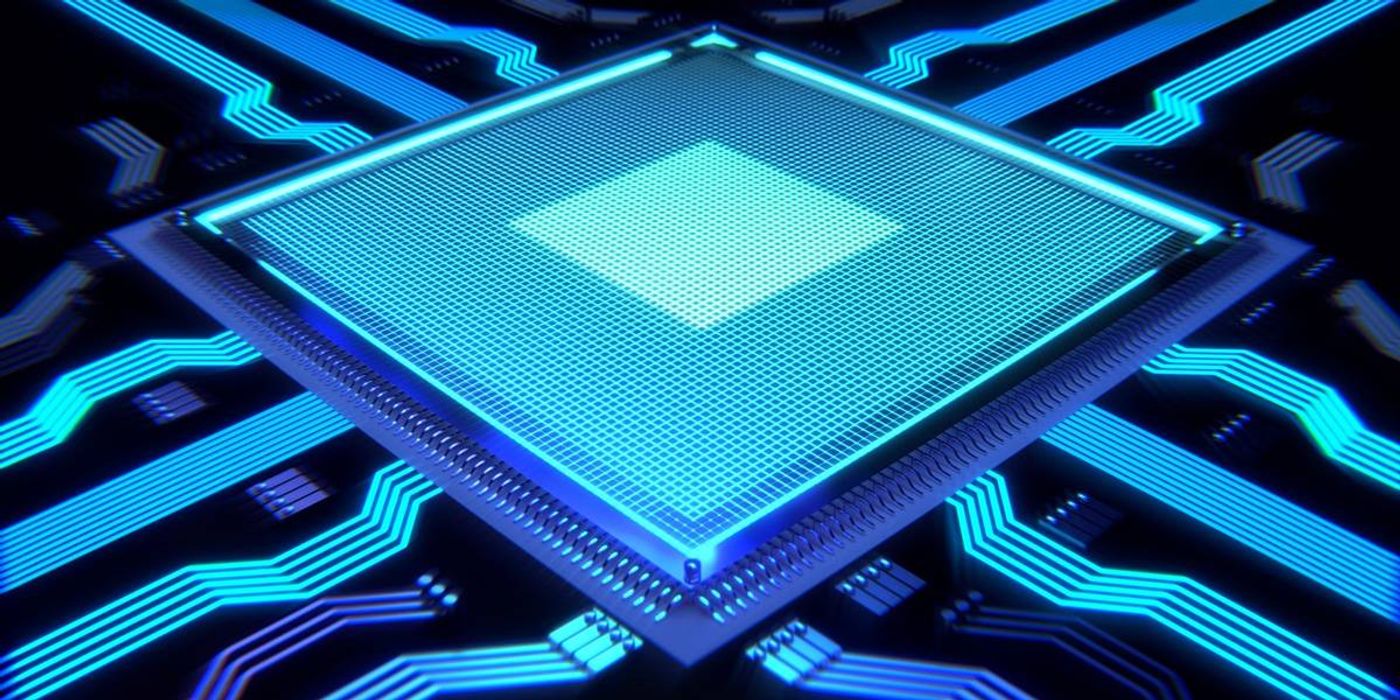Accelerator on a Chip: Honey, I Shrunk the Particle Accelerator
When we talk about particle accelerators, the idea of enormous machines with the size of a warehouse and located inside underground tunnels often comes into mind.
However, scientists at Stanford and SLAC National Accelerator Laboratory have redefined the concept: they have developed a tiny accelerator that is constructed inside a silicon chip, the very first of its kind.
Particle accelerators are a powerful tool in scientific explorations and industrial applications. The sheer size and cost of building and operation of conventional accelerators, however, hold back its potential for broader uses. Therefore, miniaturizing these machines has been at the forefront of engineering and physics innovation.
Traditional electromagnetic accelerators use electromagnetic fields to propel charged particles to very high speeds. In contrast, dielectric laser accelerators (DLAs) take a different approach. Due to its particle-wave duality, photons can transfer their momentum to other particles such as electrons. By providing steady yet intense laser pulses, DLAs can generate high energy electron beams without the use of clunky electromagnets, bringing down the size and cost significantly.
In a 2013 study, the same group of researchers successfully achieved a high-gradient acceleration of electrons (over 250 Mega–electron volts per meter) on the prototype of their chip-based particle accelerator.
In the latest work, the Stanford team demonstrated that their Accelerator on a Chip managed to pass on a maximum of 0.915 kilo–electron volts-worth energy to an electron beam over a very short distance of 30 micrometers, which corresponded to an energy gradient of 30.5 mega–electron volts per meter. (In comparison, a typical medical X-ray scanner has an energy range between 10 and 100 kilo–electron volts.)
The design of this tiny DLA could quickly turn up the demand for small accelerators in many different fields.
“The largest accelerators are like powerful telescopes. There are only a few in the world, and scientists must come to places like SLAC to use them,” Jelena Vuckovic, an electrical engineer who led the study commented on their miniature accelerator in a press release. “We want to miniaturize accelerator technology in a way that makes it a more accessible research tool.”
The researchers hope their invention can one day be used in applications that don't require massive power, such as security scanners, medical imaging and treatment devices, as well as X-ray scanners for biological, chemical, and material science.
This latest report is published in the journal Science.
Accelerator on a Chip: How It Works (SLAC)
Source: Stanford University









